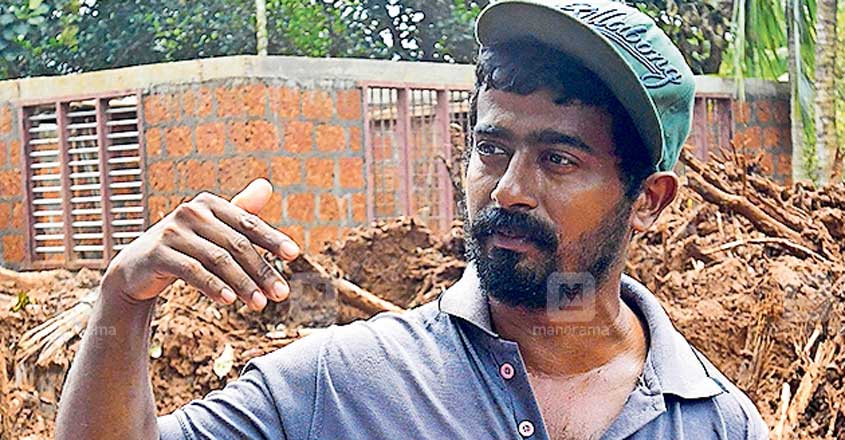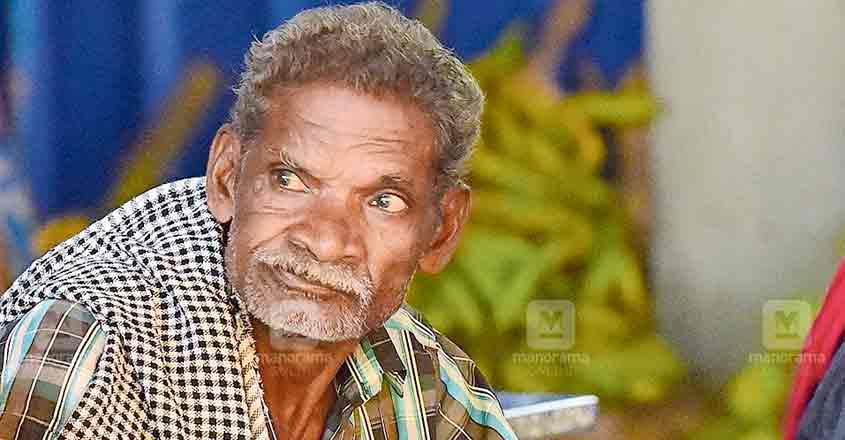Muddy water, absent dogs, scared elephants: Nature’s fury came with forewarning

Mail This Article
As many as 295 people have succumbed to landslides between 1961 and 2016 in Kerala, according to data compiled by the state government’s disaster management plan. Of the 85 landslides reported in this period, the most devastating was the one in Amboori that claimed 38 lives in 2001.
Contrast that to 152 deaths by landslides last year alone. There were 5,000 landslides across the state. Of them, 1,943 were serious. Idukki district alone contributed to 1,196 landslides.
Two major landslides this year claimed more than 50 lives and the toll is set to increase. The data calls for an urgent introspection and the adoption of safety requirements. After a year of deadly landslides with no parallels in history, has Kerala braced itself to deal with the recurring natural disasters?
Surviving natural disasters depends on the lessons learned from previous tragedies. Have we failed to take note of the warning signs in Kavalappara and Pathar in Malappuram district and Puthumala in Wayanad district. Survivor accounts may hold valuable keys to the mysteries of nature.
Rajesh, who escaped the landslide at Kavalappara by a whisker, said that he was faced with strange sights just before the landslide. “It had been raining continuously for three days before the tragedy. All of our mobile phones went out,” he said.

Rajesh said that he had gone up the Kavalappara hill around 1 pm to check for any mushroom that might have sprouted in the rain. “I was shocked to see a small herd of elephants, four or five of them, scurrying out of the forest. They don’t usually venture out of the forest during daytime. I was scared and I ran downhill.
“When I reached in the vicinity of my house, I noticed that the streams on either side had swelled. The three cows in my shed were trying frantically to break out. I sensed something was amiss. I guessed there was a landslide uphill. My mother ran out of the house and sliced the ropes with which she had tethered the cows. The cows usually go through the road to their grazing ground. But that day, they ran up the hill. They did not stop until they reached a house uphill.
“Then the flooding started. Our house was flooded. My father, mother, wife and children had taken refuge on the first floor. When the water kept rising, we feared that the entire house would submerge. We got out of the house. We also shifted our neighbours. We struggled to reach the old house uphill. We spent the night there. In the morning, we got down the hill to witness the tragedy by the Muthappan hill.
Chathan Mooppan had similar experiences. “By 4 pm, muddy water from uphill started gushing through the stream near my house. It was unusual. I smelled the water. It smelled like baked soil. I told everyone. I ran out of the house with my wife to the other side of the stream.”

His house was buried under the landslide. His warnings could not save all the relatives.
Animals had a premonition of things to come, judging by the narratives from the disaster area. Pet dogs in the houses that were destroyed by the landslides had abandoned those houses two days before the tragedy struck. They packed into a faraway place called Alinchuvadu. Nobody thought it was strange then. The dogs returned to their houses only after the tragedy. Only one dog was found dead under the debris.
It is too early to back these claims with any scientific substantiation. However, it remains a fact that humans and animals who paid attention to the strange signs saved their lives. Maybe our disaster management system can take a leaf out of their experiences, especially in view of the administration’s failure to move the people to safety.
People’s vigilance paid off in Puthumala on August 8. As the rain showed no sign of abating, about 300 people were shifted from Puthumala and Pachakkad under the leadership of Meppadi panchayat president K K Sahad, panchayat member K Chandran and forest department officers.
Though the people were shifted to the Puthumala government lower primary school initially, they were moved out again as the school was suspected to be under threat of flooding. Within hours the valley was buried under boulders and loose soil. Fifty-three houses were razed. But for the timely relocation of people to the Mundakkai forest station, the death toll would have been greater.
Though Kavalappara lost the maximum people to the landslide on August 8, nearby Pathar suffered an even bigger landslide. In fact, there was a series of landslides in the area just 3 kilometres away from Kavalappara. Parts of the hills of Athiruveetti, Valamkolli and Malankundu broke away.

The people of Pathar evacuated about 400 people living by the stream as soon as they noticed that the water flow was unusually muddy. A devastating landslide followed. Huge amounts of water, soil, rocks and trees piled to the areas by the stream. About 100 houses were destroyed. The Pathar market laid shattered.
About 1,848 square kilometres of area in Kerala is landslide-prone, according to the National Centre for Earth Science Studies. Most of these high-risk areas are in the Devikulam, Vaithiri, Nilambur, Mannarkkad and Ranni taluks. Another 3,795 square kilometres in the hill ranges are also under the threat of landslides. Most of the landslides that happened in Kerala in the past two years were in these areas.

